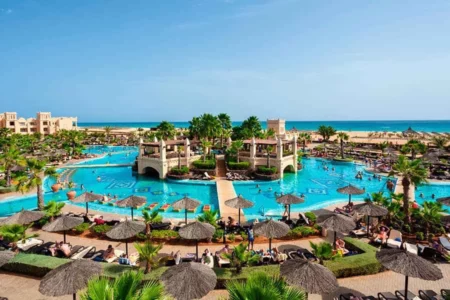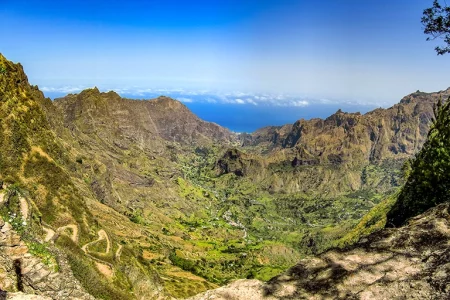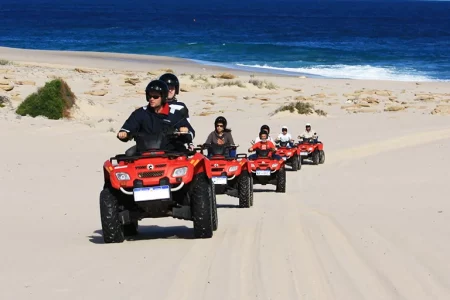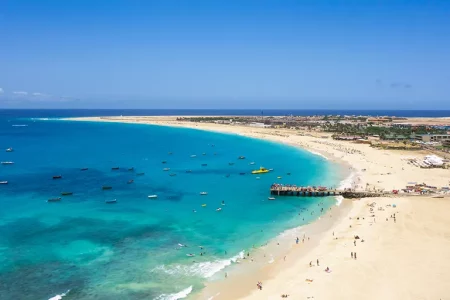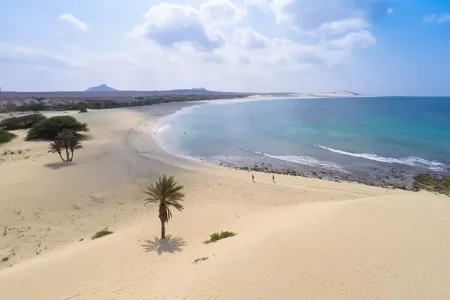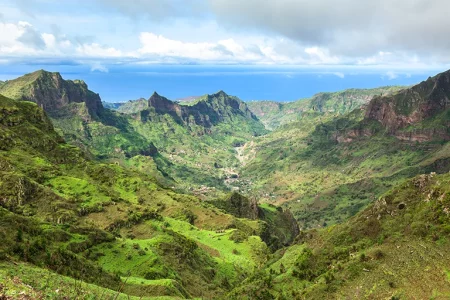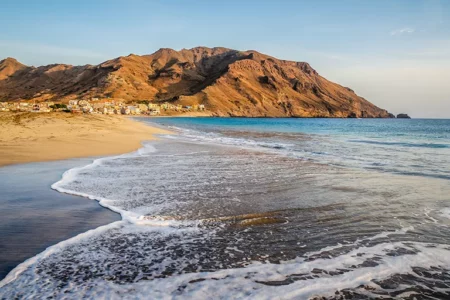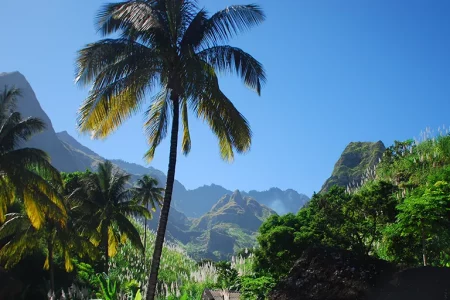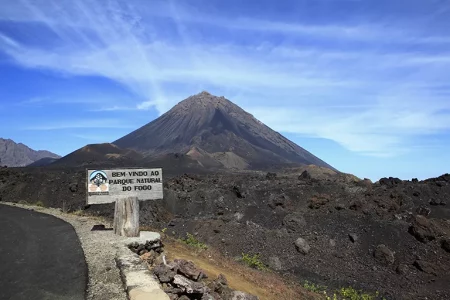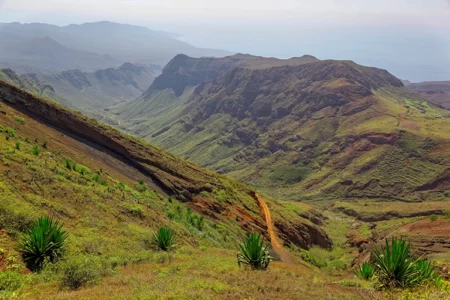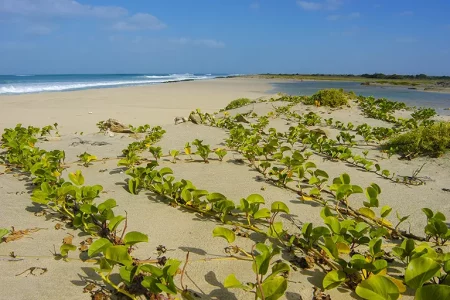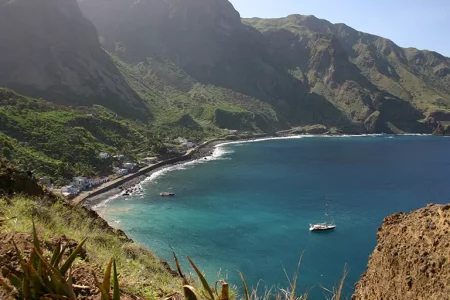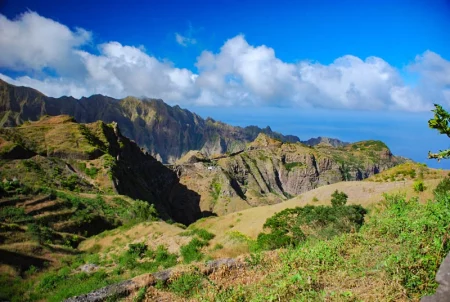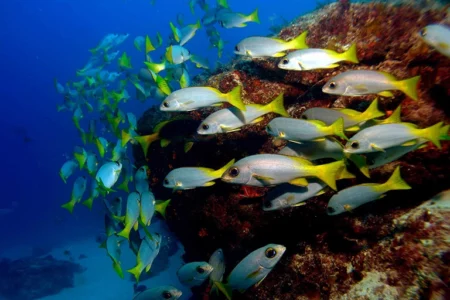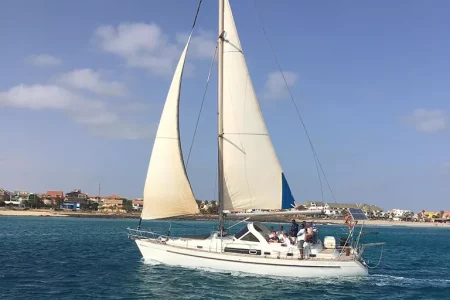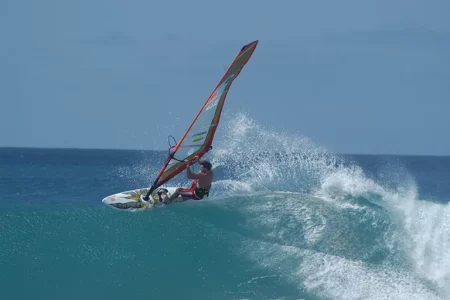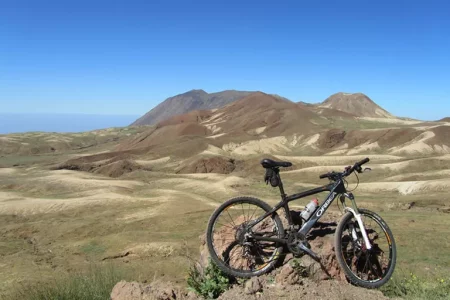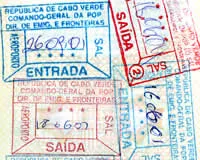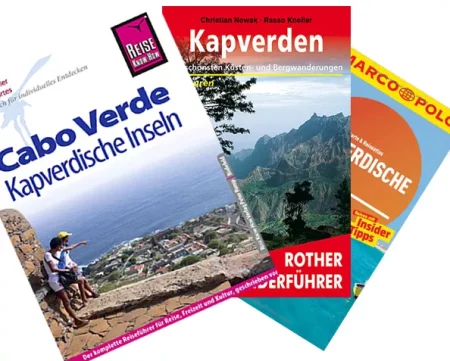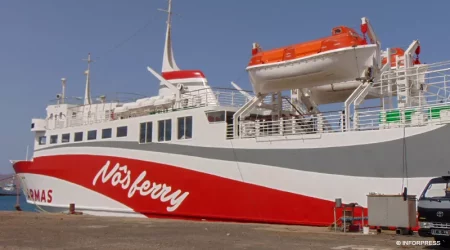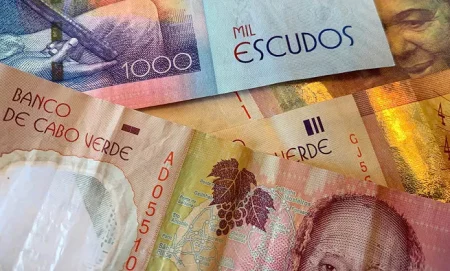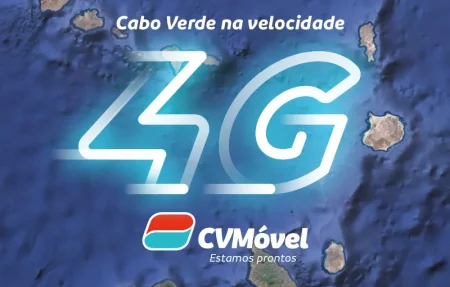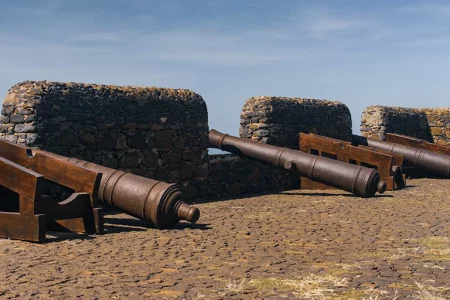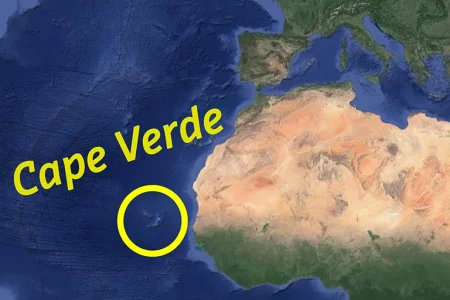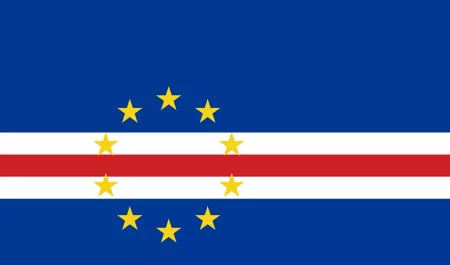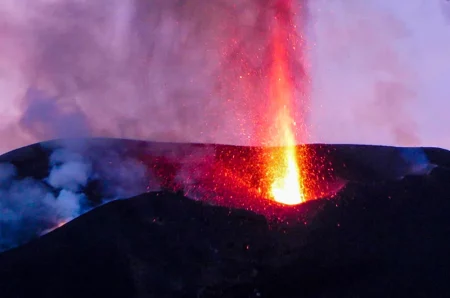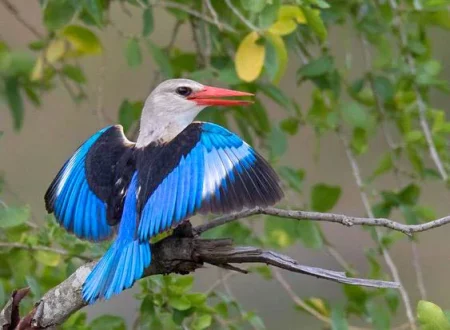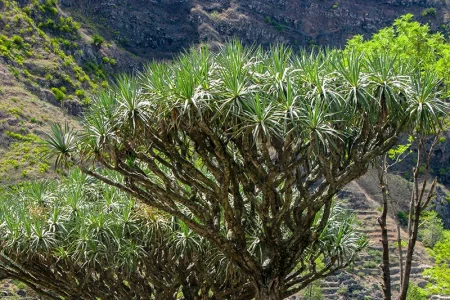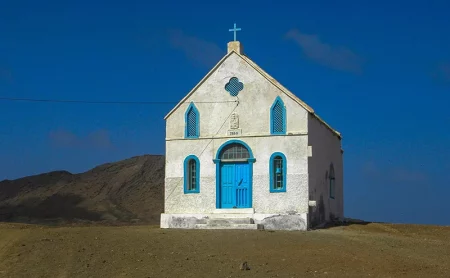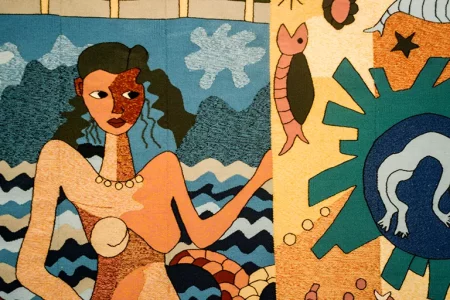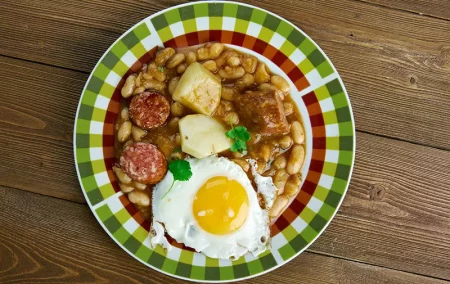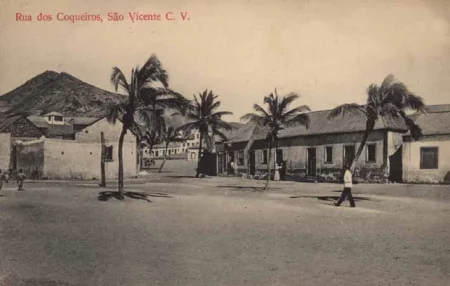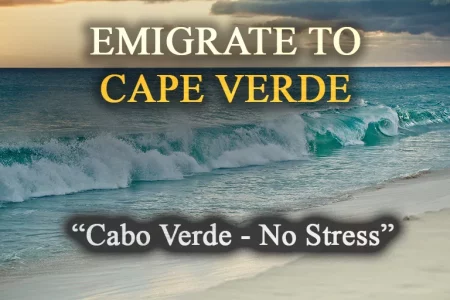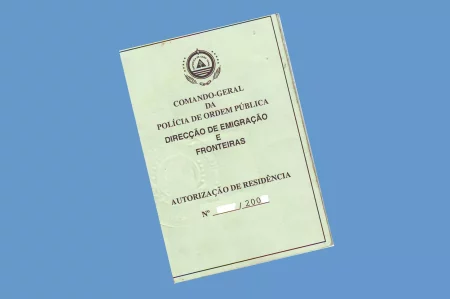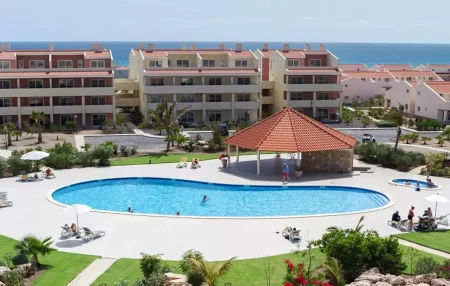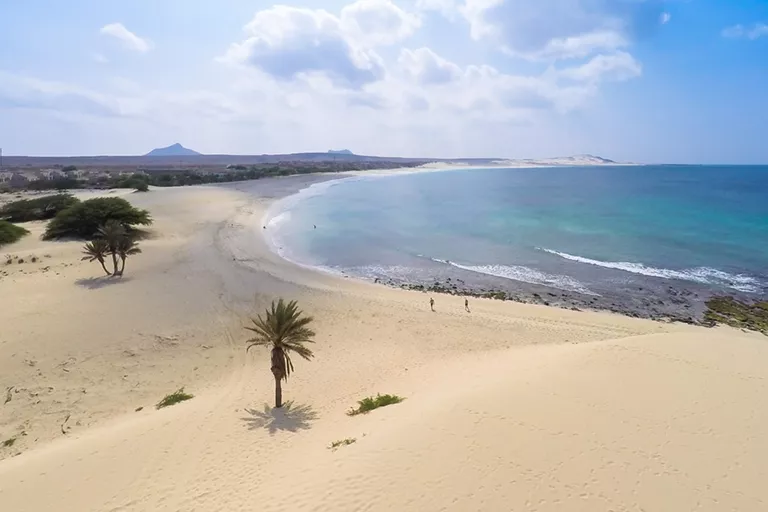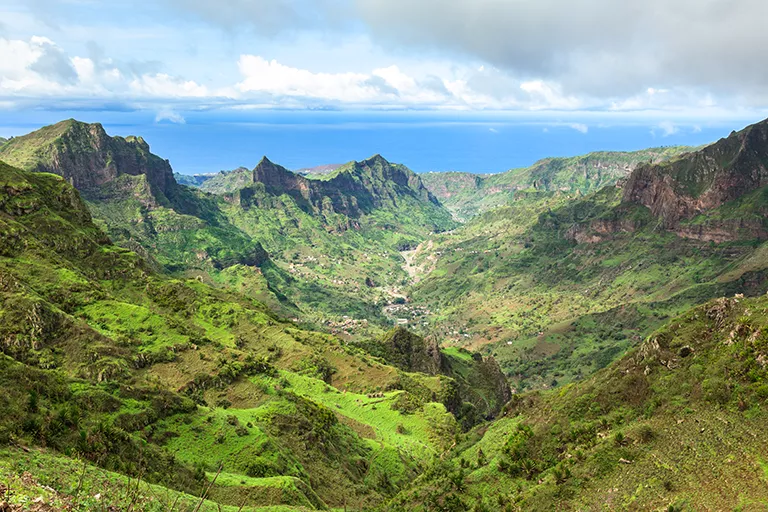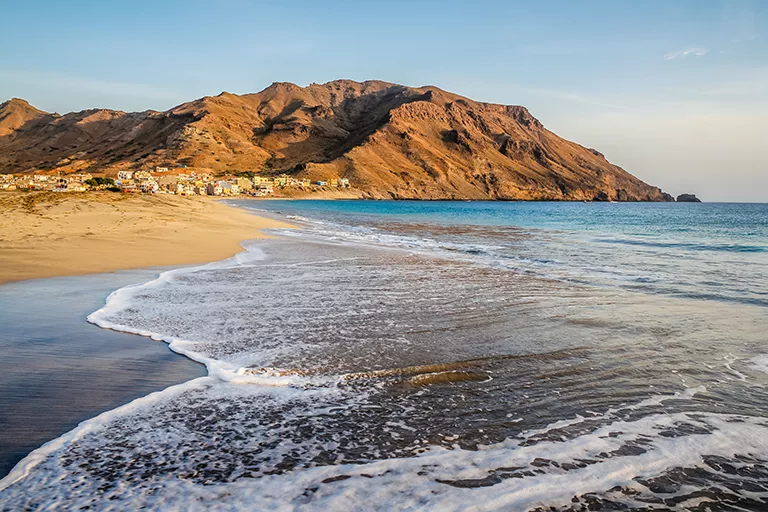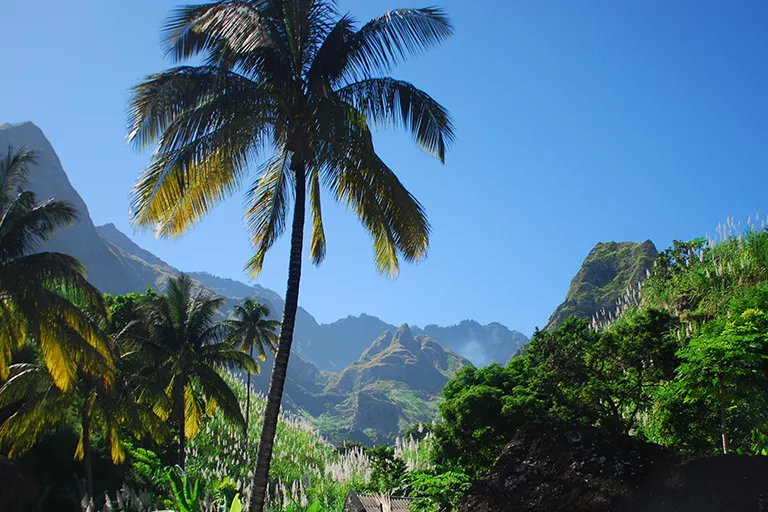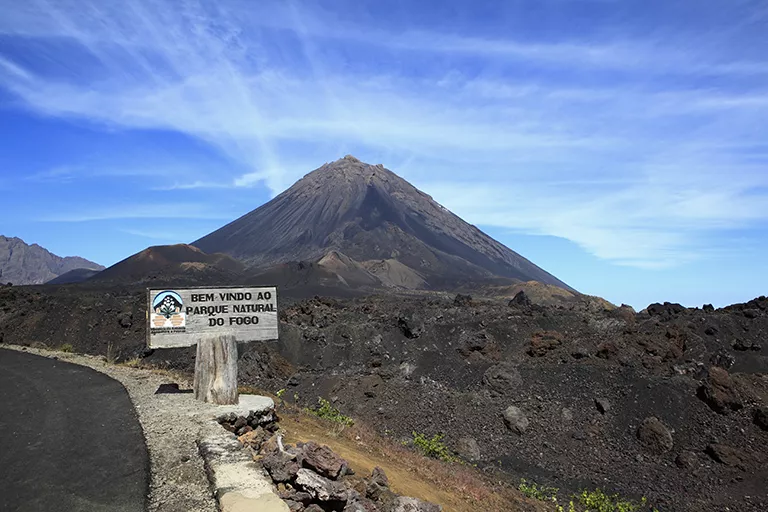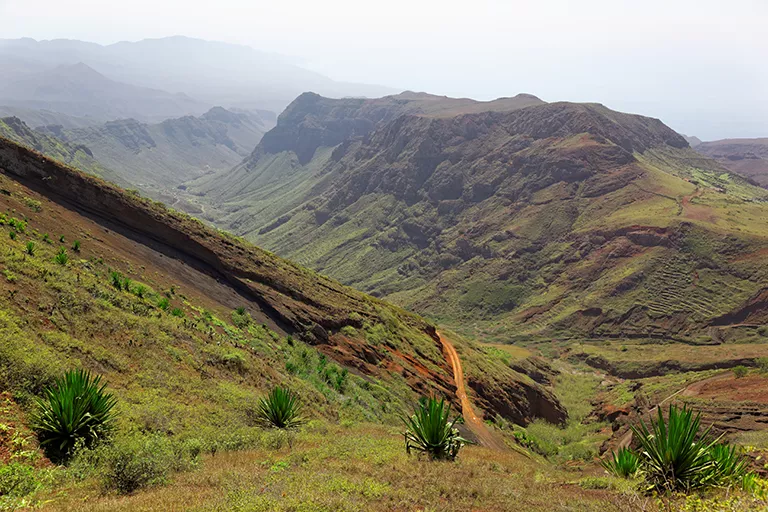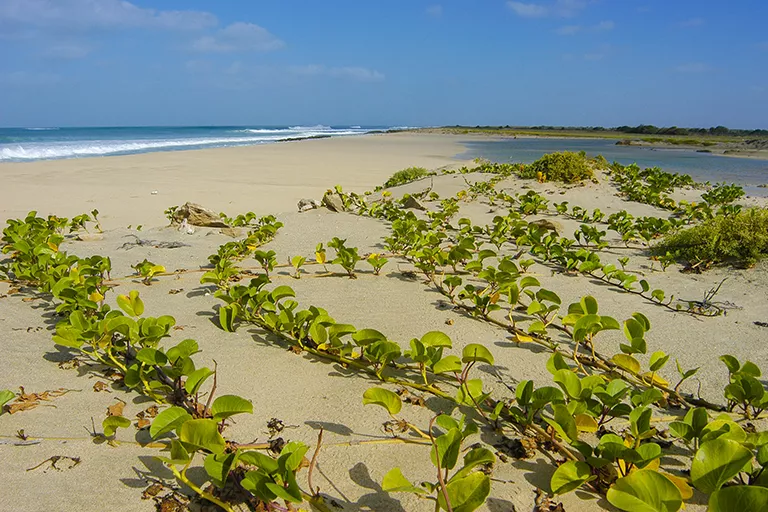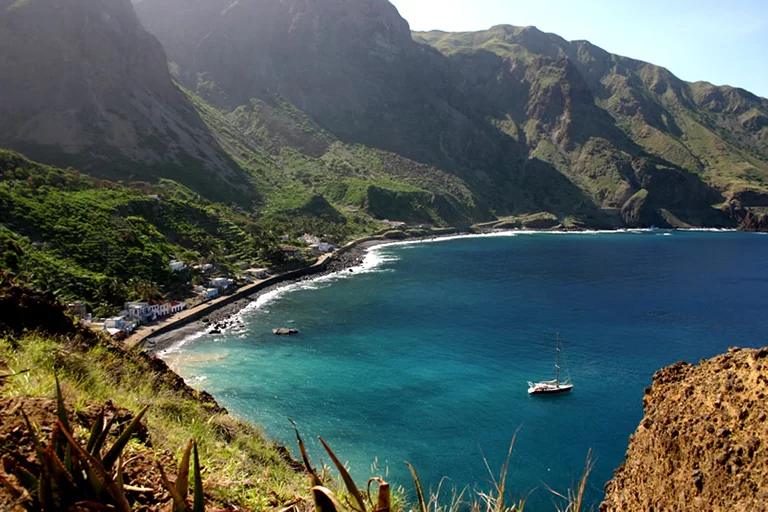Sal Island
Sal – The Sunny Kingdom
Overview of the island
216 km² (the second smallest inhabited island)
about. 38.000
Espargos (approx. 19,000 inhabitants)
Monte Grande, 405 m
The island of Sal is sun, sand and sea. With its former fishing village of Santa Maria and magnificent beach, it is Cape Verde’s tourist centre. People who love to swim get their money’s worth here, as do windsurfers, kitesurfers, surfers and divers. In addition to its beaches, Sal is the flattest island in the archipelago and is also characterised by lunar landscapes, small oases and salt flats. While the island was a centre of salt mining for a long time, hence the name “Sal” (salt), in the meantime it is used almost exclusively for its own needs and for tourism.
Santa Maria
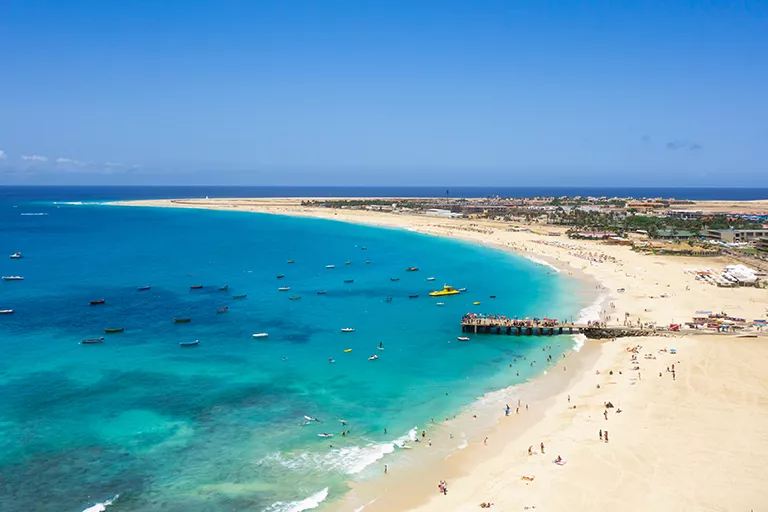
In the last 20 years, the once small town of Santa Maria has developed rapidly. Most of the hotels here are large and offer European standards (including entertainment, various evening and sports programmes such as diving, surfing, water-skiing and horse-riding courses, etc.).
Since the beach is 7 km long and up to 200 m wide, Santa Maria seems to offer the best conditions for a classic beach holiday. There is no doubt that the landmark of the small town with its pastel-coloured houses, small restaurants and shops is the weigh-house at the old harbour quay, where salt used to be weighed and where nowadays you can find souvenir shops. You can still see the fishermen bringing in and gutting their catch at the harbour quay.
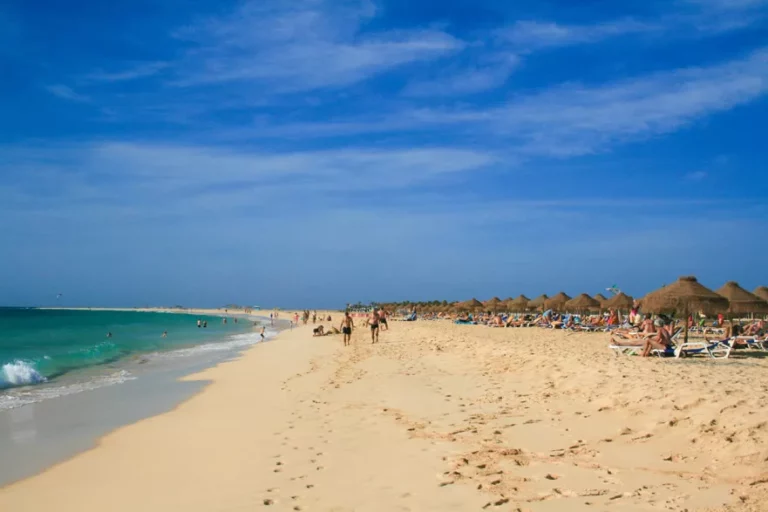
Being located in the island’s interior and 3 km from the international airport, the capital Espargos is still “typically Cape Verdean” and far away from package tourism. It does not offer any sights, but you will find everything that is practical and important here: banks, the main post office, a health centre, shops of all kinds as well as some accommodation, restaurants and bars.
There is also a small harbour town a few kilometres west of Espargos, Palmeira, which is the main harbour on the island. Palmeira remains a pleasant town with some nice restaurants and bars. For divers, we would like to mention that there are some beautiful underwater caves and reefs to explore about 5 km to the north, e.g. the Olho Azul. The “blue eye” area is also interesting for people who do not dive and visit the place as part of an island tour. During midday, the sunlight falls into the hole in the rock at an angle that makes the waters of the Atlantic appear fascinatingly blue.
The salt works
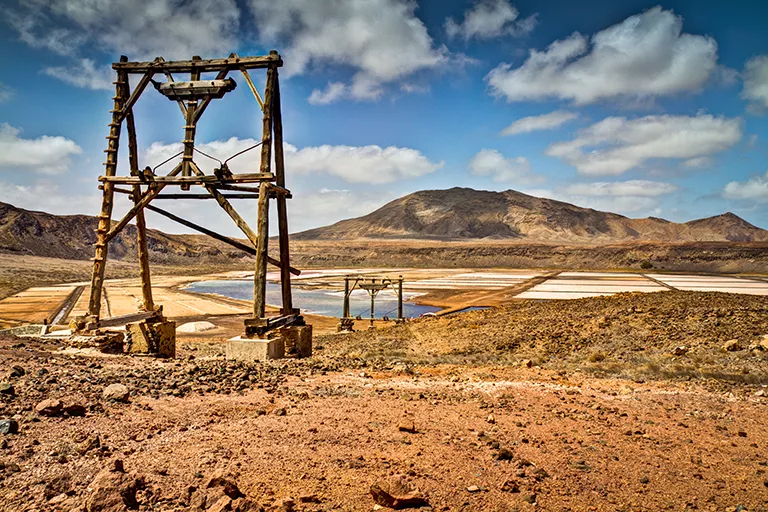
Located on the east coast, the town of Pedra Lume is best known for its salt works, which used to be used industrially for salt extraction. It is located in the crater of a low volcano whose floor is below sea level. Today, there is only a small amount of salt mining. However, this place is interesting nowadays mainly because you can float weightlessly in the brines, similar to the Dead Sea. If you prefer to stay dry, take a seat in the café and enjoy beautiful views over the site.
